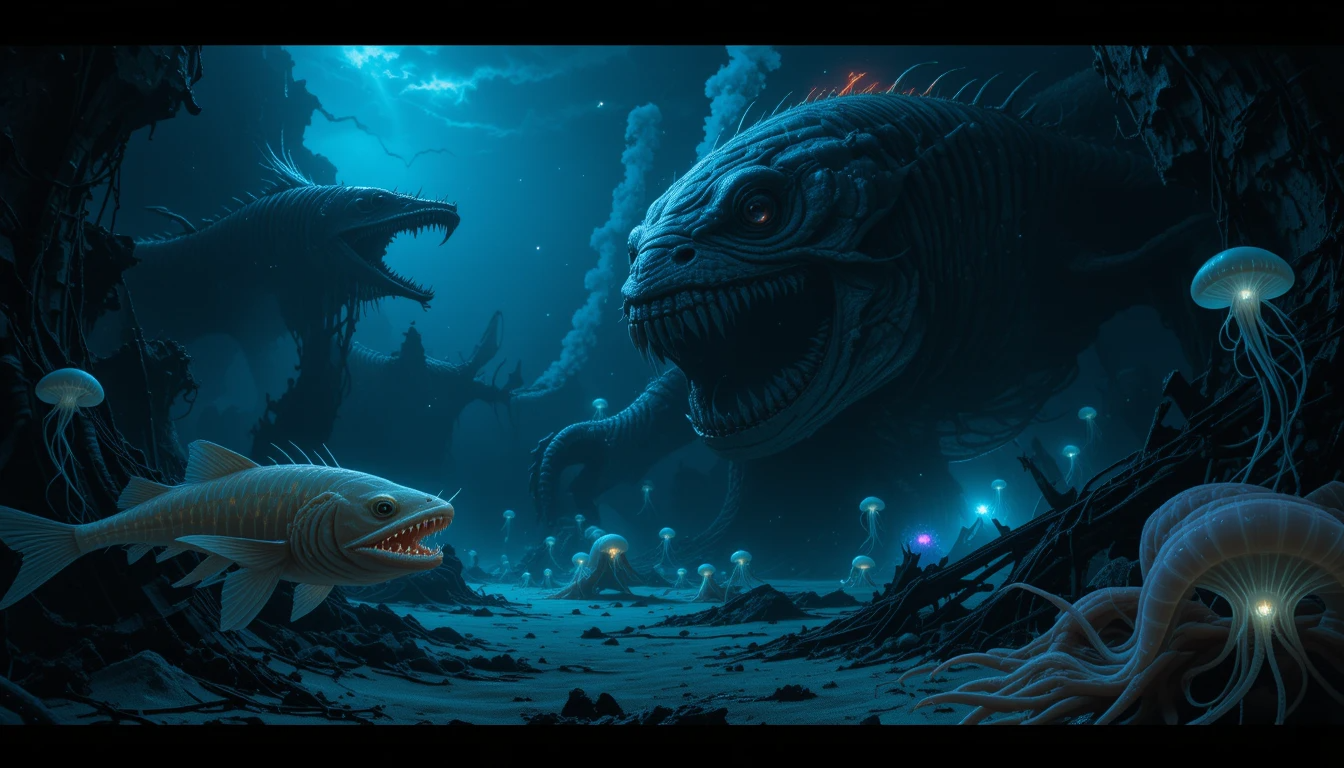Deep Sea Creatures: Most Mysterious Lifeforms
Deep sea creatures have captured the imagination of scientists, artists, and explorers for centuries. Found thousands of meters below the ocean surface, these extraordinary animals endure extreme conditions—frigid temperatures, immense pressure, and complete darkness. Their bizarre adaptations and alien-like appearances challenge our understanding of life and evolution.
What Defines the Deep Sea?
The deep sea refers to parts of the ocean below 200 meters (656 feet), a region known as the mesopelagic zone or the twilight zone. It extends downward into the bathypelagic, abyssopelagic, and hadalpelagic zones—each progressively deeper, darker, and more hostile to life.
- Mesopelagic (200–1,000 m): Dimly lit, known as the twilight zone
- Bathypelagic (1,000–4,000 m): Complete darkness, near freezing temperatures
- Abyssopelagic (4,000–6,000 m): Inhabited by bizarre and rare species
- Hadalpelagic (6,000–11,000 m): Ocean trenches and the deepest known areas of the ocean
Characteristics of Deep Sea Creatures
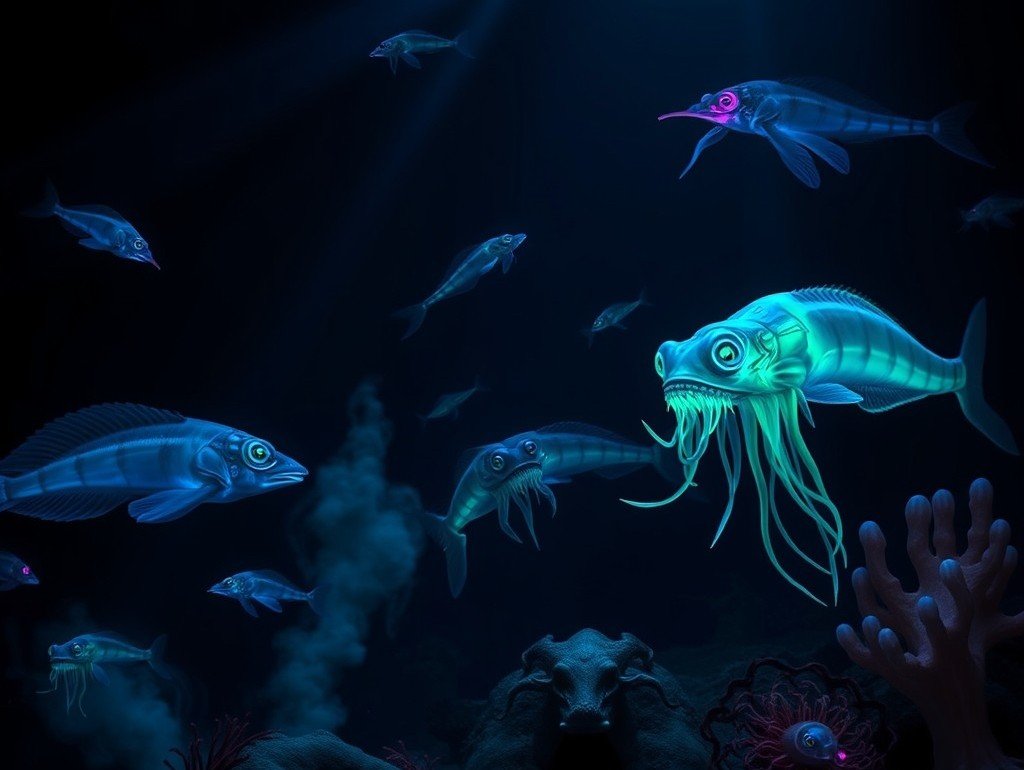
Deep sea creatures have evolved distinct adaptations to survive in extreme conditions. These include:
- Bioluminescence: Many species can generate light through chemical reactions. This helps in attracting prey, communication, and camouflage.
- Gigantism and Miniaturization: Some deep sea species grow to enormous sizes (giant squid), while others are unusually small.
- Soft, Gelatinous Bodies: These help withstand crushing pressures.
- Slow Metabolism: Due to scarce food and cold temperatures, many deep sea animals conserve energy by moving slowly and reproducing infrequently.
Notable Deep Sea Creatures
1. Anglerfish
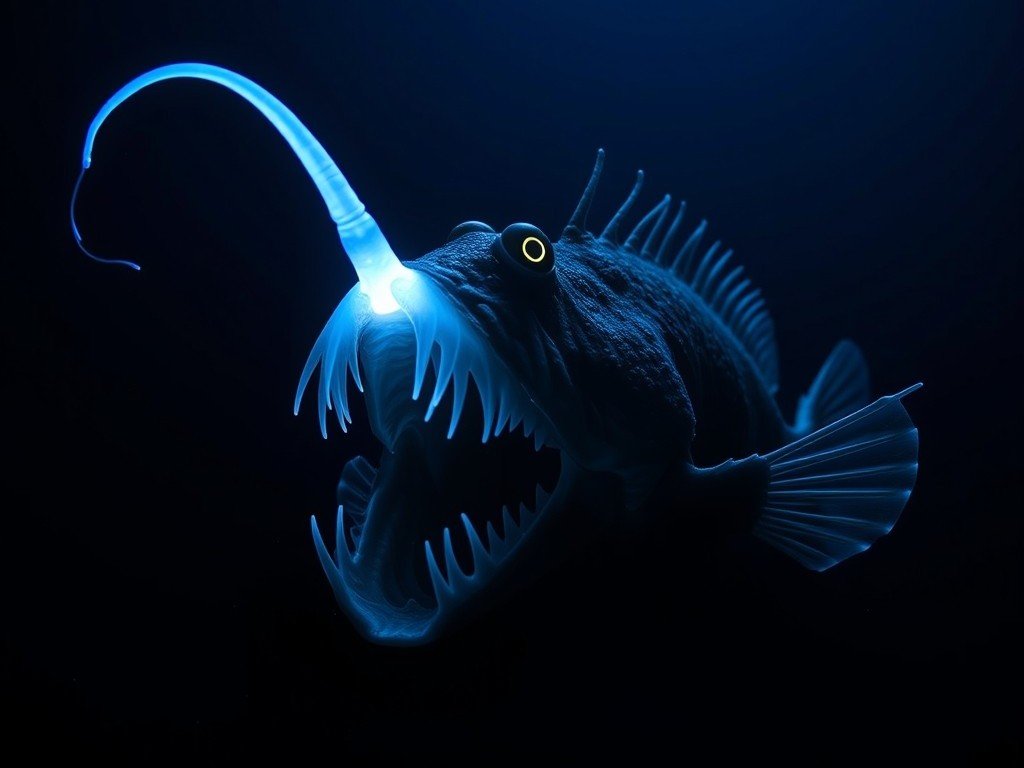
Known for the bioluminescent lure on its head used to attract prey, the anglerfish is an iconic deep sea predator. The male is tiny compared to the female and often fuses to her body for reproduction.
2. Giant Squid
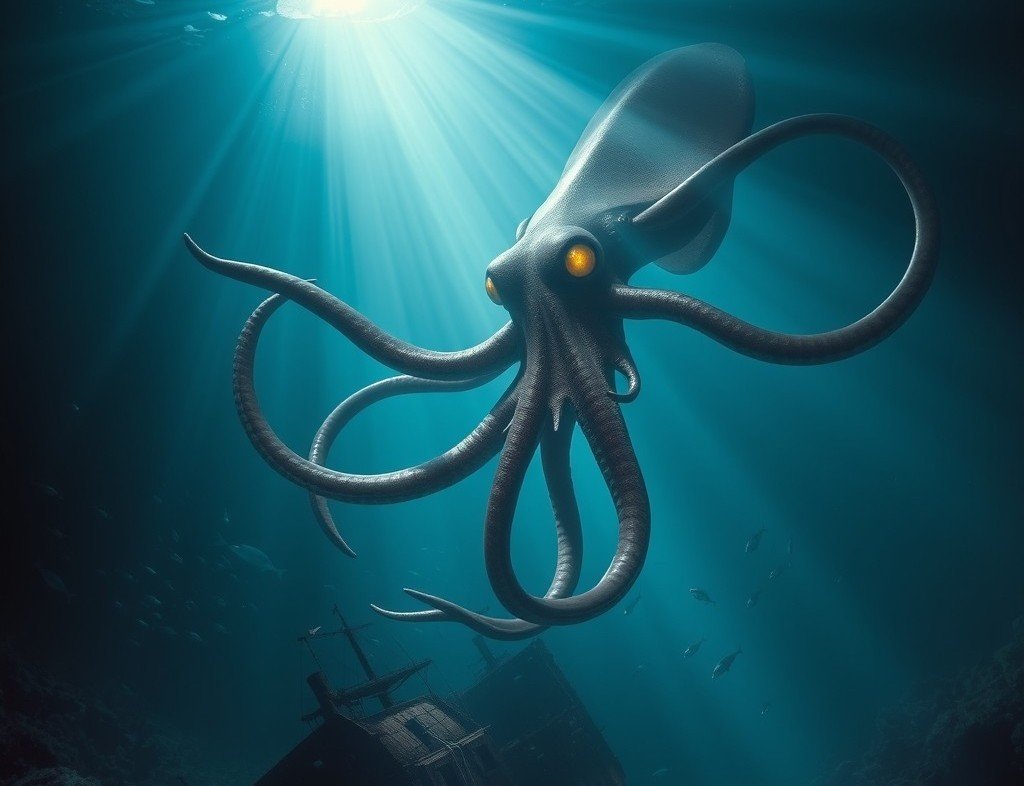
Once considered a myth, the giant squid can grow up to 43 feet long. Rarely seen alive, it has massive eyes adapted to the darkness and can expel ink as a defense mechanism.
3. Vampire Squid
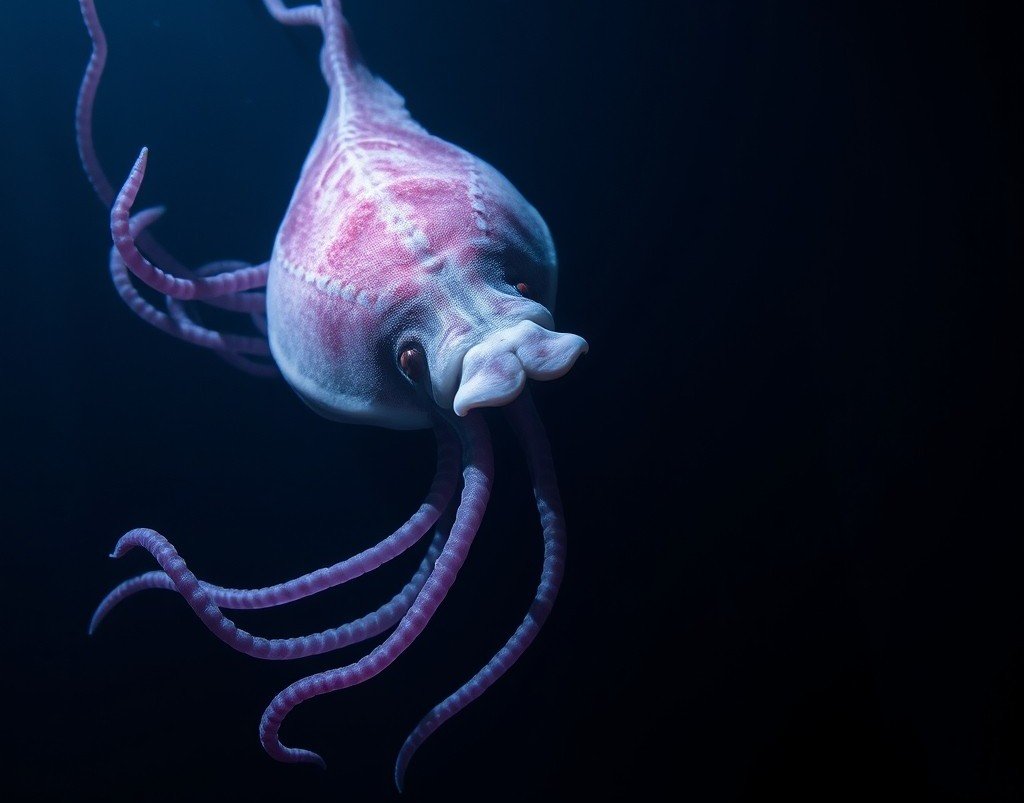
Despite its name, it doesn’t suck blood. It has webbing between its arms, giving it a cloak-like appearance, and feeds on marine snow—organic particles falling from above.
4. Barreleye Fish
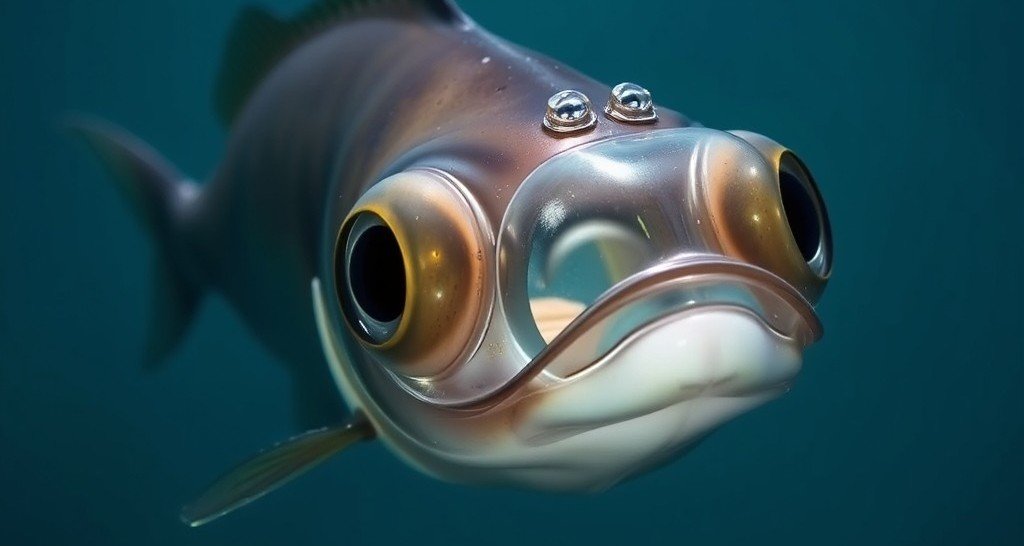
This fish has a transparent head and upward-facing eyes that rotate to track prey. Its bizarre appearance has made it a favorite subject in marine biology.
5. Deep-sea Dragonfish
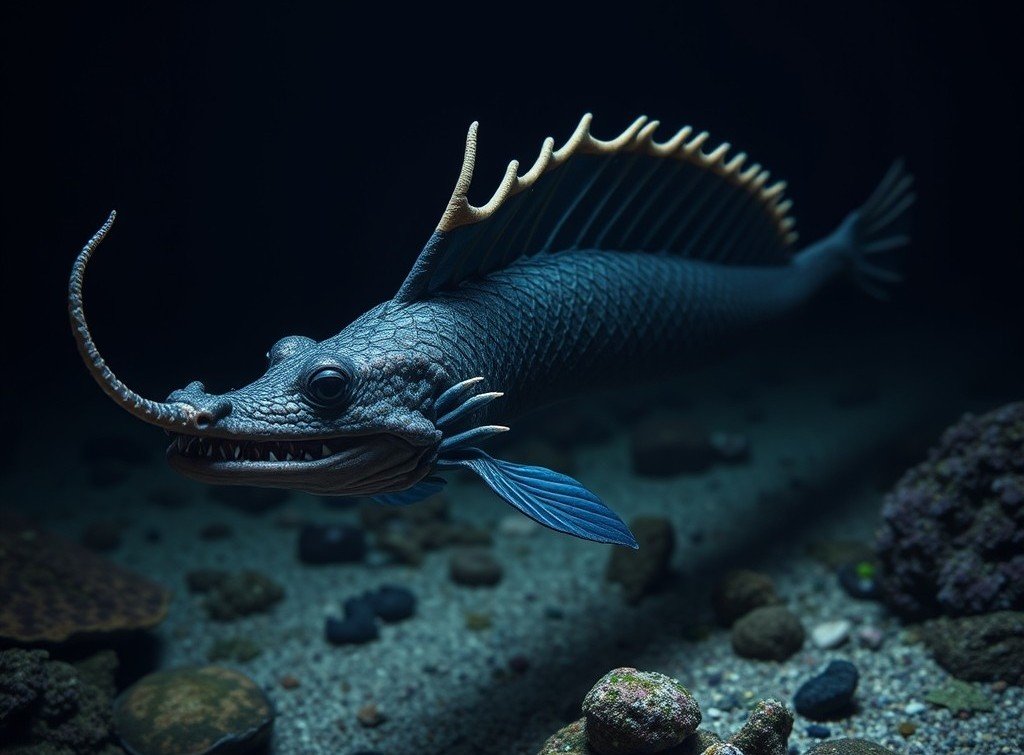
Equipped with light-producing photophores and fang-like teeth, it’s a predator that can open its jaw to catch prey larger than itself.
Adaptations for Extreme Conditions
Pressure Resistance
At depths of 10,000 meters, pressure exceeds 1,000 atmospheres. Deep sea creatures have evolved flexible membranes and minimal internal air pockets.
Cold Tolerance
With temperatures near freezing, deep sea animals have antifreeze proteins and slow metabolisms to survive in cold environments.
Vision and Light
Some deep sea creatures are blind, while others have highly sensitive eyes adapted to spot faint bioluminescence.
Feeding in the Dark
Without sunlight, food sources are limited. Creatures rely on:
- Marine snow
- Dead carcasses (whale falls)
- Predation or scavenging
Scientific Exploration of the Deep
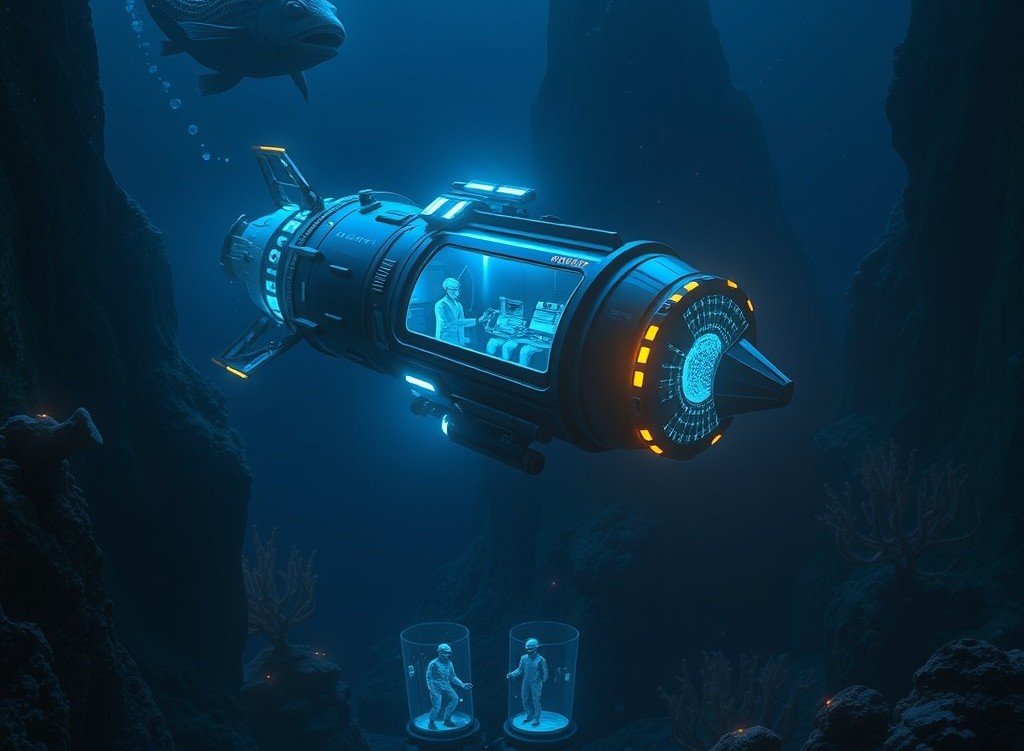
ROVs and Submersibles
Remotely Operated Vehicles (ROVs) and crewed submersibles like Alvin have enabled deep ocean exploration. Cameras, robotic arms, and sensors help collect samples and document species.
Deep Sea Missions
- NOAA’s Okeanos Explorer
- Japan’s Shinkai 6500
- DEEPSEA CHALLENGER used by James Cameron
These missions have discovered thousands of new species and mapped uncharted seafloor regions.
Ecological Importance of Deep Sea Creatures
- Nutrient Cycling: Deep sea organisms break down organic matter and help recycle nutrients.
- Carbon Sequestration: Marine snow and organisms’ activities contribute to carbon cycling.
- Food Web Stability: Deep sea predators help regulate prey populations.
Human Impact and Conservation
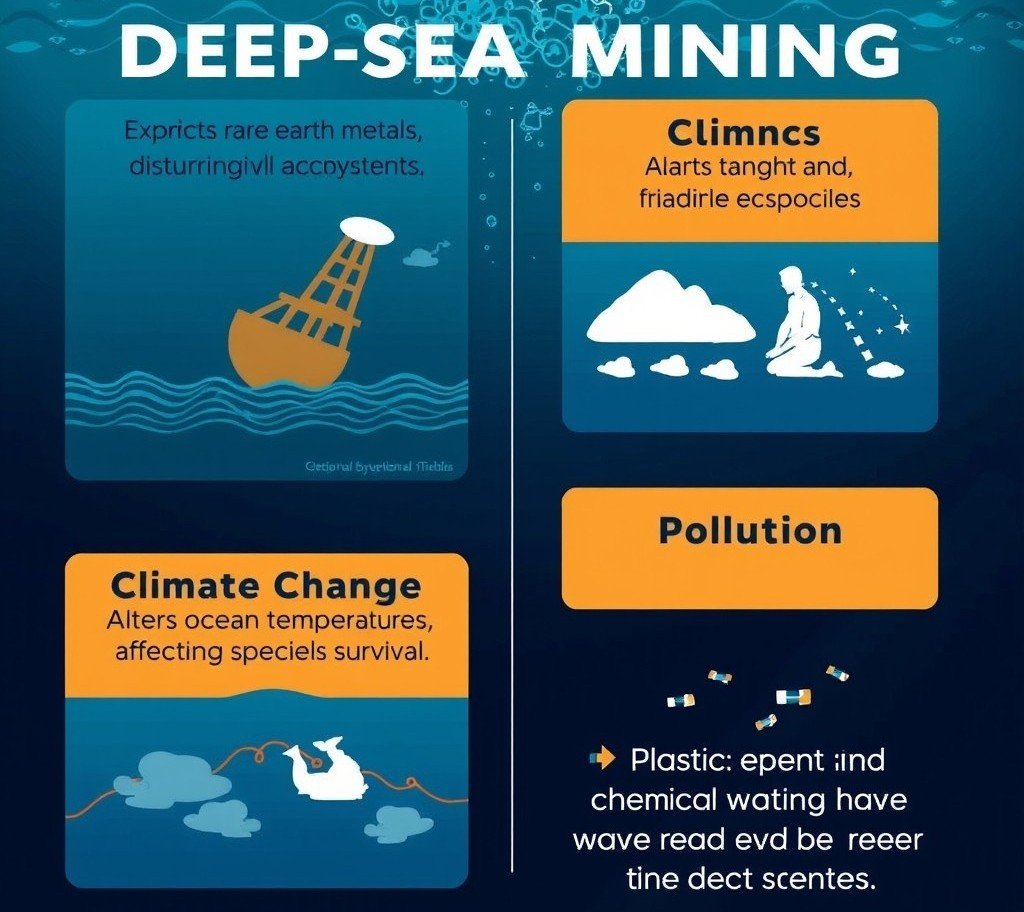
Threats
- Deep-Sea Mining: Extracts rare earth metals, disturbing fragile ecosystems.
- Climate Change: Alters ocean temperatures and acidity, affecting species survival.
- Pollution: Plastic and chemical waste have reached even the deepest ocean trenches.
Conservation Efforts
- Marine Protected Areas (MPAs)
- International Agreements: Like the UN’s High Seas Treaty
- Public Awareness Campaigns: Promoted by scientists, filmmakers, and NGOs
Conclusion
Deep sea creatures represent one of the last frontiers of biological exploration. They challenge our understanding of life, evolution, and survival in extreme environments. As we continue to unlock the secrets of the deep ocean, protecting these ecosystems is crucial—not only for their intrinsic value but for the health of our entire planet.
FAQ’s
1. What creature is in the deepest ocean?
The deepest known creature is the hadal snailfish, found at depths over 8,000 meters. It lives in the Mariana Trench and has adapted to crushing pressure.
2. What is the deadliest deep-sea creature?
The fangtooth and anglerfish are among the deadliest, using extreme adaptations to hunt in darkness. Their grotesque looks hide efficient, lethal predation.
3. Why are deep-sea creatures surfacing?
Deep-sea creatures surface due to seismic activity, ocean warming, or disorientation. Some events like earthquakes or underwater eruptions disturb their habitat.
4. What is the deepest sea creature recorded?
The Ethereal snailfish was filmed at 8,336 meters in the Izu-Ogasawara Trench. It’s the deepest living fish ever observed on camera.
5. What was found in Mariana Trench?
Researchers found strange lifeforms, plastic pollution, and extremophiles. Microorganisms and unknown species thrive despite the toxic and high-pressure environment.
6. Is there a big monster in the ocean?
No proven “monster” exists, but legends like the Kraken are based on real giant squids. The ocean’s vastness keeps many secrets still unexplored.
